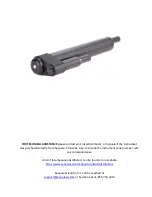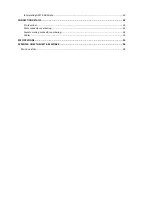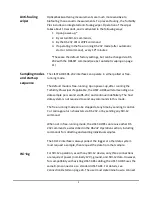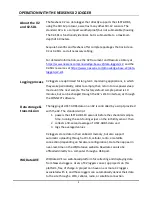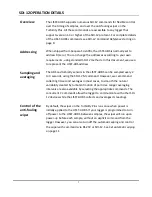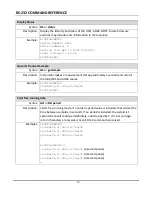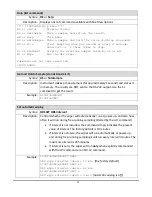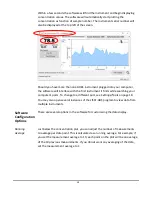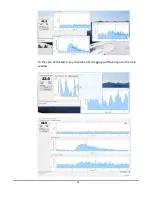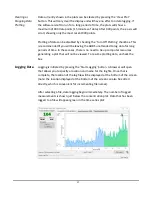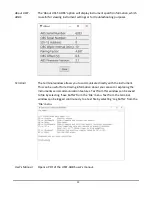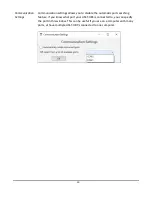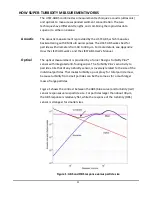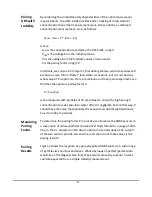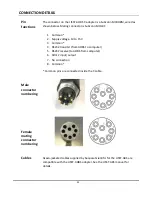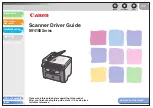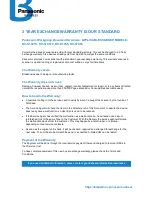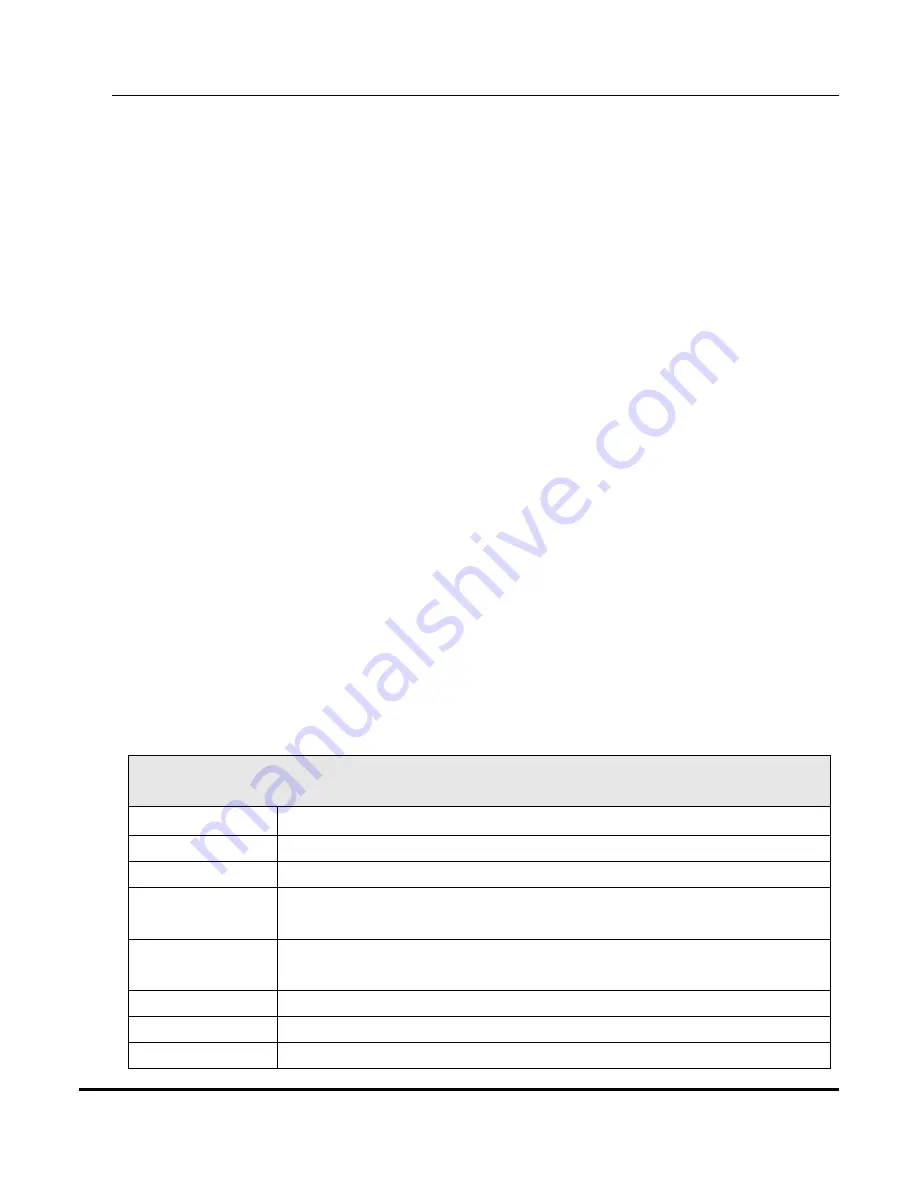
9
RS-232 OPERATION
Overview
The LISST-AOBS can communicate through RS-232, or through USB with
an appropriate adapter (see
With factory-default settings, upon power-up the LISST-AOBS will
automatically run the anti-fouling wiper for 10 seconds, then send data,
once per second, via RS-232.
NOTE: the LISST-AOBS will not respond to RS-232 commands when an SDI-
12 command is in progress.
USB-powered
operation
The 2-meter adapter cable from Sequoia, part number SEQ-AC-ABS-
CBL02, provides both power and communication through a USB port.
However, the Turbidity Plus sensor draws a brief surge of current when it
is first powered,
which can trigger a shutdown of the USB power
. To
prevent this:
1. disconnect the Turbidity Plus from the Y-cable,
2. connect the cable to the USB port (which will power the LISST-ABS),
3. connect the Turbidity Plus to the Y-cable.
Port
parameters
The RS-232 port parameters are 9600 baud, 8-bit data, no parity, one stop
bit, no flow control.
Command
prompt
When the LISST-AOBS is ready to accept commands, it will display the
LISST-AOBS>
prompt.
COMMAND LIST (see the detailed Command Reference on following pages)
Commands are not case-sensitive
DS
or
status
Display the identity and status of the LISST-AOBS.
GO
Starts free-running mode.
GS
or
GetSample
Makes a measurement and sends it via RS-232.
HS
or
HoldSample
Instrument makes a measurement and stores it in temporary memory.
The results are NOT sent to the RS-232 output.
SL
or
SendLast
Transmits the last sample collected by the issuing of a GS or HS
command that was stored in temporary memory.
WI
or
Wipe
Run the anti-fouling wiper on the Turbidity Plus sensor.
HE
or
Help
Displays a brief list of commands.
OBSSET OBSI
Controls automatic wiping.



